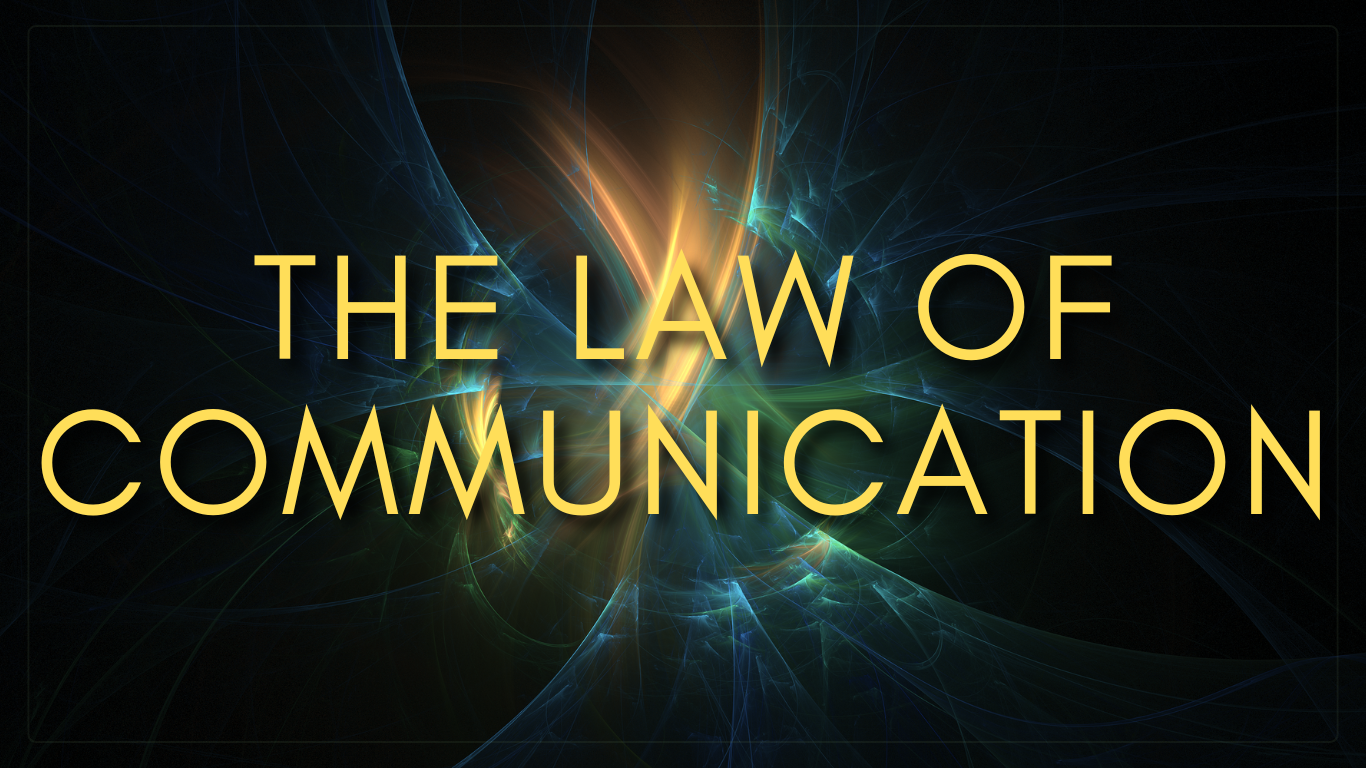The Law of Communication: Beyond Words

In the intricate dance of human interaction, the Law of Communication highlights the profound impact of non-verbal cues in conveying messages. According to Dr. Albert Mehrabian, only 7% of communication is verbal, while a staggering 93% is non-verbal, comprising 38% vocal and 55% visual elements. This law underscores the importance of understanding and harnessing the power of non-verbal communication to connect with others on a deeper level.
The Power of Non-Verbal Communication
Non-verbal communication includes body language, facial expressions, gestures, posture, and eye contact. These elements often convey more than words ever could, providing context and emotional nuance to our interactions. By paying attention to non-verbal cues, we can gain insights into a person's true feelings and intentions, fostering better understanding and empathy.
Music: A Universal Language
Music stands out as one of the most powerful mediums for non-verbal communication. Songs resonate at specific frequencies, which can trigger responses in different chakras, influencing our emotional and physical states. The combination of melody and lyrics creates a multi-layered experience that communicates complex emotions and messages from the singer or lyricist to the listener.
The frequency at which a tune resonates can align with the body's energy centers, or chakras, eliciting responses that range from relaxation and joy to introspection and healing. Lyrics add another dimension, providing explicit content that, when combined with the music, deeply affects the listener's subconscious.
The Eyes: Windows to the Soul
The adage "You can see a person’s soul by looking into their eyes" holds significant truth in the realm of communication. Eye contact is a powerful tool for connecting with another person's subconscious mind. When we look directly into someone's eyes, we engage in a form of communication that transcends words, reaching into the deeper layers of their psyche.
Eyes convey a wealth of information—trust, sincerity, curiosity, and even unspoken emotions. By maintaining eye contact, we can build rapport, establish trust, and convey empathy. This visual form of communication taps into the subconscious, allowing us to understand and be understood on a profound level.
Practical Applications of the Law of Communication
1. Enhancing Personal Relationships: By being mindful of non-verbal cues, we can improve our interactions with loved ones. Paying attention to body language, maintaining eye contact, and using a warm tone can strengthen connections and resolve misunderstandings.
2. Effective Leadership: Leaders who master non-verbal communication can inspire and motivate their teams more effectively. Clear, confident body language and engaging eye contact can convey authority and empathy, fostering a positive work environment.
3. Therapeutic Practices: Therapists and counselors often rely on non-verbal cues to understand their clients' emotions and experiences. Techniques like active listening, maintaining appropriate eye contact, and observing body language are crucial for effective therapy.
4. Public Speaking: Public speakers who use non-verbal communication effectively can engage their audience more deeply. Gestures, facial expressions, and vocal tone add emphasis and clarity to the spoken word, making presentations more compelling.
Conclusion
The Law of Communication reminds us that much of our interaction is non-verbal, shaping how we connect and understand each other. Music and eye contact exemplify powerful forms of non-verbal communication, reaching into our subconscious and creating profound connections. By recognizing and harnessing these elements, we can enhance our personal and professional relationships, fostering a deeper sense of empathy and understanding in our interactions.